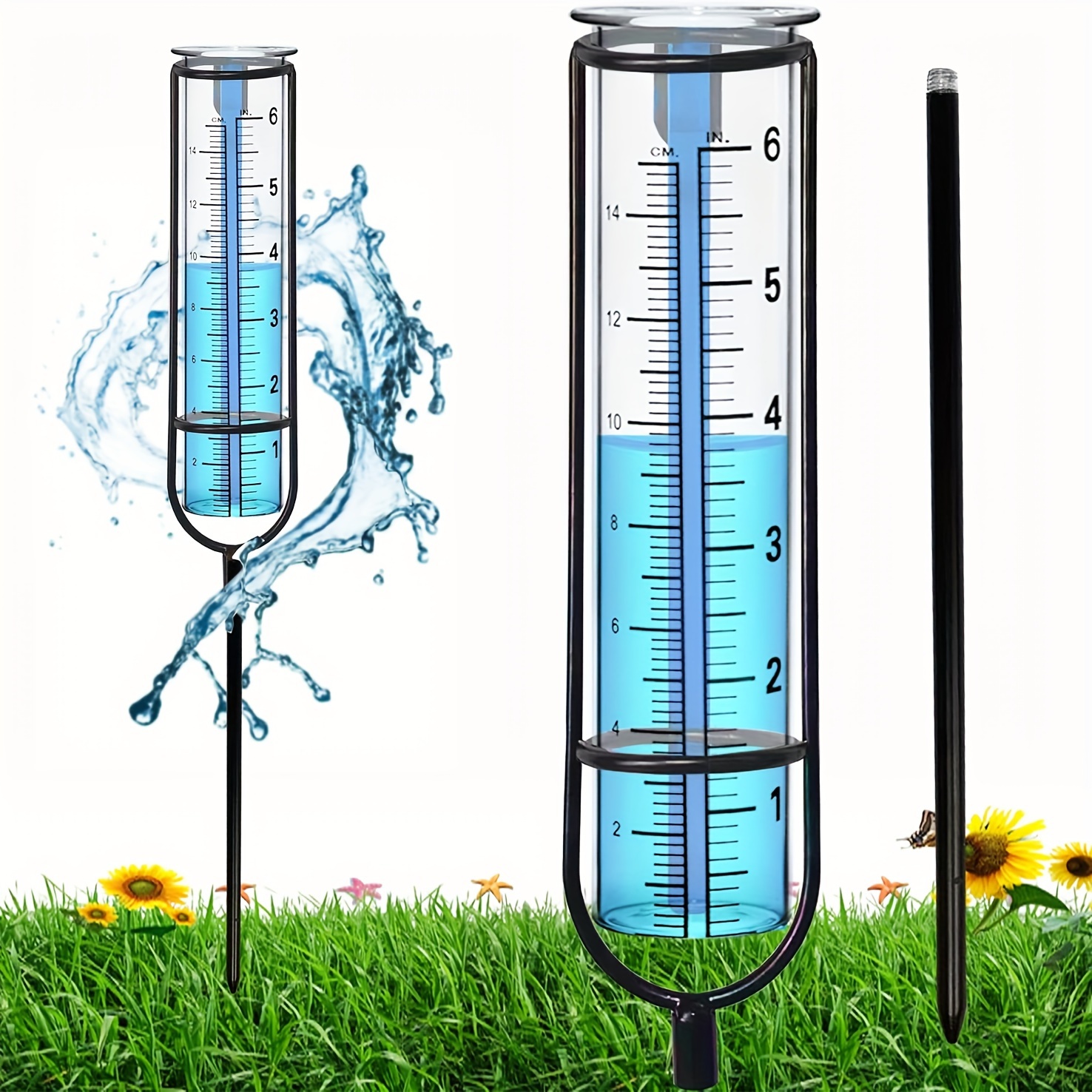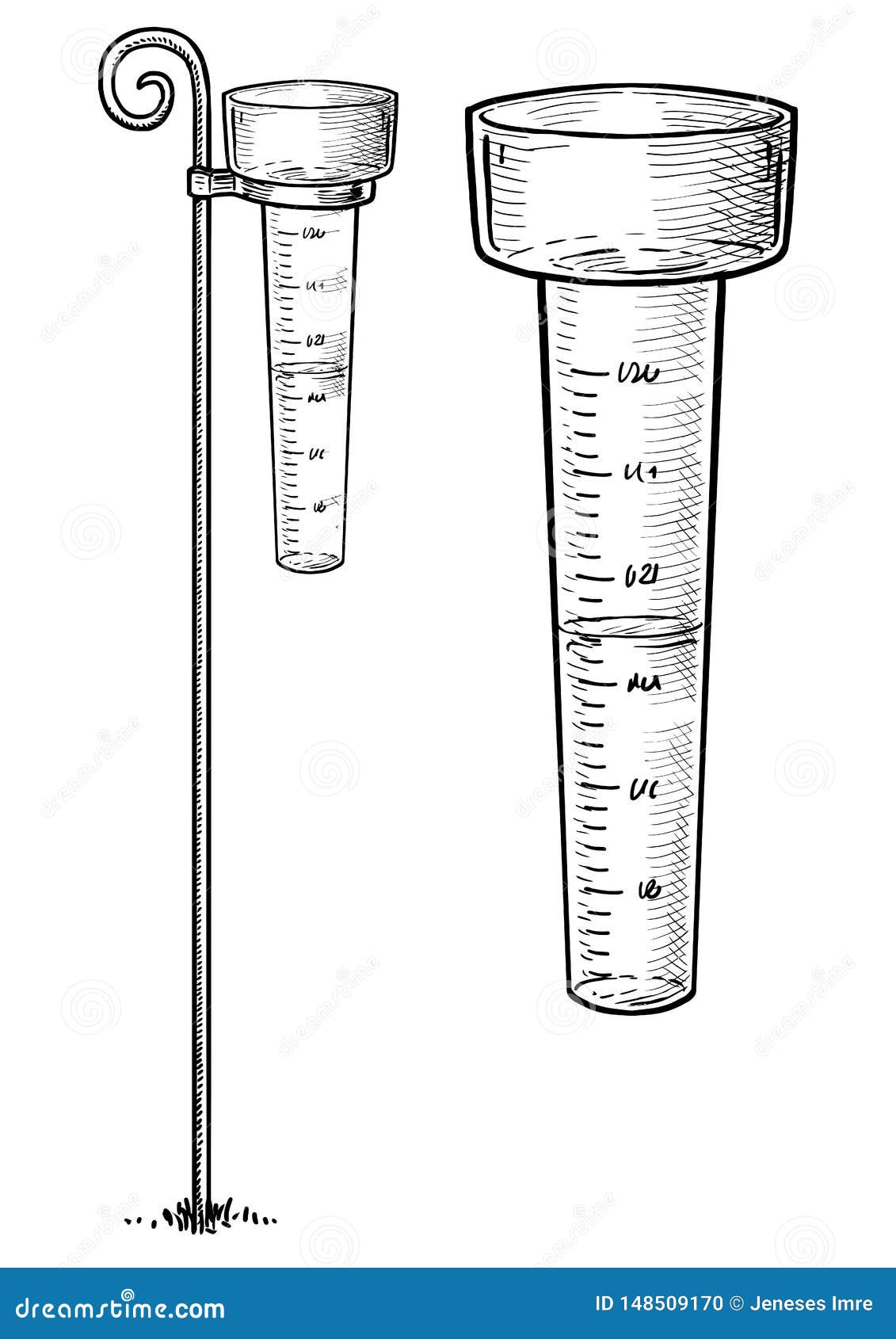How to Pick the Right Rain Gauge for Reliable Rainfall Monitoring
How to Pick the Right Rain Gauge for Reliable Rainfall Monitoring
Blog Article
Unveiling the Scientific Research Behind Rainfall Determines: How These Devices Play a Vital Duty in Climate Research Study and Ecological Surveillance
Rainfall determines, apparently straightforward tools, hold an extensive significance in the world of environment study and ecological tracking. As we peel back the layers of this clinical shroud surrounding rain assesses, we reveal a globe where precision, data precision, and careful observation merge to introduce a deeper understanding of our transforming climate and its effect on the earth.
Importance of Rainfall Scales
Rain gauges play a vital function in tracking and measuring rainfall levels, providing essential information for climate research study and analysis. These tools are basic in evaluating the amount of rainfall that happens in a certain location over a specific period. By gathering and determining rainwater, rainfall assesses deal valuable understandings into the circulation and intensity of rainfall, helping meteorologists, hydrologists, and climatologists in comprehending weather patterns and patterns.
Additionally, long-term data gathered from rainfall assesses aids in assessing climate change effects and patterns, adding dramatically to scientific research study and decision-making procedures. In significance, rain determines serve as essential tools in the area of meteorology and ecological scientific research, playing an essential duty in advancing our understanding of weather condition and environment dynamics.
Types of Rainfall Scales

Functionality and Operation
In the realm of climate study and atmospheric studies, the effectiveness of rainfall gauges lies in their complex functionality and specific operational systems. Rainfall determines are made to precisely measure the quantity of precipitation that drops over a certain area throughout a set duration.
The functionality of rainfall evaluates is based upon the principle of accumulating and determining rainwater in a standardized way. This collected data is crucial for understanding local weather condition patterns, tracking long-lasting environment trends, and evaluating environmental look what i found effects. To guarantee exact measurements, rain determines need to be tactically positioned in open locations away from obstructions such as structures or trees that can hinder the collection process.
The functional aspect of rain assesses involves routine maintenance to avoid debris buildup, calibration checks to maintain dimension precision, and data recording for evaluation (rain gauge). On the whole, the capability and operation of rainfall evaluates are crucial for gathering trusted rainfall information vital to climate research and environmental monitoring
Role in Climate Research
Provided the vital relevance of exact rainfall dimensions in recognizing weather patterns and environmental impacts, the function of rainfall determines in climate research is indispensable. Rain evaluates give crucial information for environment research study by measuring the amount of precipitation that drops over a details location during a given duration. This information is important for checking long-lasting fads in rainfall patterns, evaluating the influence of environment change on rainfall distribution, and enhancing climate models.

Environment researchers make use of information gathered from rain determines to examine variations in rainfall levels, determine regional climate fads, and examine the effectiveness of water source administration strategies. By contrasting historical rainfall data with existing dimensions, scientists can identify shifts in rainfall patterns, such as modifications in the frequency or intensity of rainfall occasions. This info is crucial for comprehending just how environment modification is influencing precipitation characteristics and can aid policymakers make informed choices relating to adjustment and mitigation methods.
Applications in Ecological Tracking

In flood forecasting, rain gauge data assists to track rainfall intensity and distribution, enabling authorities to provide prompt cautions and take required procedures to minimize flooding threats (rain gauge). Dry spell tracking relies on rain scale data to evaluate moisture degrees in the soil and track precipitation deficiencies, helping in the identification of drought-prone areas and the execution of dry spell reaction techniques
In addition, rainfall gauge data plays an essential duty in water source management by providing details on water accessibility and usage fads. This information is utilized to make informed choices pertaining to water appropriation, preservation measures, and lasting water resource planning. Additionally, in farming, rainfall gauge information assists farmers in optimizing watering schedules, crop option, and general ranch administration practices based upon local precipitation patterns. In general, rainfall evaluates are vital tools in ecological tracking, supplying useful insights that add to informed decision-making and lasting resource Full Article administration.
Conclusion
To conclude, rain gauges are vital devices for gauging rainfall, offering important data additional hints for climate research and environmental monitoring. With various types and functionalities, rainfall determines play an essential role in understanding precipitation patterns and their influence on the setting. By properly determining rainfall, these devices add to the development of scientific expertise and aid in making educated decisions associated to water resource monitoring and calamity readiness.
Rain gauges play a vital duty in tracking and determining rainfall levels, offering vital data for climate research and evaluation. The conventional rainfall scale, understood as the "tipping pail" scale, is one of the most typically made use of tools. Ultrasonic rain assesses usage noise waves to discover the presence of rainfall, providing real-time data on rainfall degrees.Climate researchers use data collected from rain assesses to assess variants in rainfall degrees, determine regional climate patterns, and evaluate the efficiency of water source monitoring methods.In conclusion, rainfall gauges are crucial tools for gauging precipitation, providing useful data for climate study and ecological monitoring.
Report this page